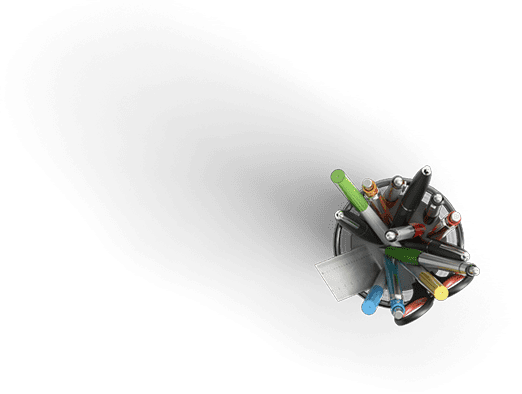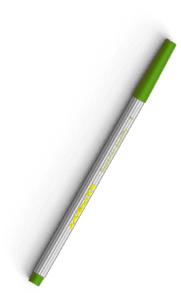UM Low Cost and Highly Efficient Carbon Based Perovskite Solar Cells Method Summary
Description
write one page summary in the form of bullet points of the method and include pictures
Unformatted Attachment Preview
Supporting Information
for Small, DOI: 10.1002/smll.201904746
Low-Cost and Highly Efficient Carbon-Based Perovskite
Solar Cells Exhibiting Excellent Long-Term Operational and
UV Stability
Neha Arora, M. Ibrahim Dar,* Seckin Akin, Ryusuke
Uchida, Thomas Baumeler, Yuhang Liu, Shaik Mohammed
Zakeeruddin, and Michael Gr:el*
Copyright WILEY-VCH Verlag GmbH & Co. KGaA, 69469 Weinheim, Germany, 2019.
Supporting Information
Low-cost and highly efficient carbon-based perovskite solar cells exhibiting excellent
long-term operational and UV stability
Neha Arora 1 M. Ibrahim Dar,1 Seckin Akin,1,2 Ryusuke Uchida,1 Thomas Baumeler1,
Yuhang Liu,1 Shaik Mohammed Zakeeruddin,1 and Michael Gr:el1*
Experimental Section
Materials
All materials were used as received unless stated otherwise.
Methods
Substrate preparation
Fluorine-doped tin oxide (FTO) glass substrates (Nippon Sheet Glass (NSG) 10 ?/sq) were
first patterned by chemical etching using Zn powder and 4M HCl solution. The etched
substrates were then thoroughly cleaned by ultrasonication in Hellmanex (2% in deionized
water) solution for 30 min, followed by sequential rinsing with de-ionized water, ethanol, and
acetone. The substrates were treated with UVó for 15 min to remove the last traces of
organic residues. A ?30 nm-thick blocking layer of TiO2 was subsequently deposited on FTO
via aerosol spray pyrolysis at 450 àfrom a precursor solution of titanium diisopropoxide
bis(acetylacetonate) (75% in 2-propanol) diluted in ethanol (1 : 9, volume ratio) with oxygen
as a carrier gas with sintering at 450àfor 30 min. The mesoporous TiO2 layer was deposited
by spin coating TiO2 paste of (Dyesol 30 NR-D) diluted in anhydrous ethanol (1:6 weight
ratio) at 4000 rpm for 20 s and consequently sintering of the substrates at 450àfor 30 min
under dry air flow. The as-prepared mesoporous substrates were transferred into a dry air
glove box after cooling down to 150 àfor perovskite deposition.
Device fabrication
1
Perovskite film deposition: The perovskite deposition was carried out in a dry air glove box
under controlled atmospheric conditions with humidity
Purchase answer to see full
attachment

Have a similar assignment? "Place an order for your assignment and have exceptional work written by our team of experts, guaranteeing you A results."









